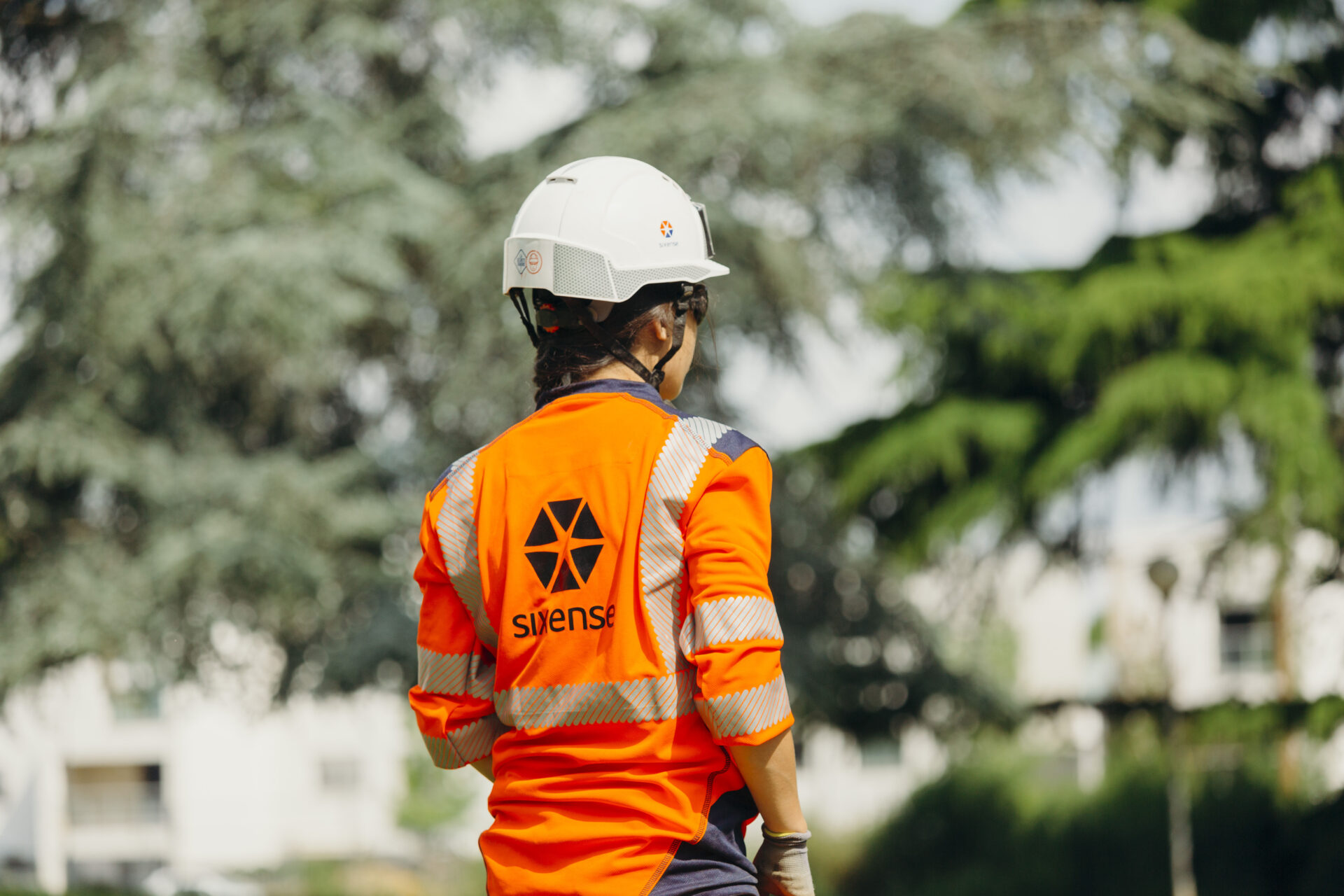In a world that is increasingly aware of environmental and workplace safety issues, Health-Safety-Environment (HSE) has become a major concern for companies. This fundamental concept makes it possible to control and minimise health, safety and environmental risks in a professional context, particularly on construction worksites. This article sets out to explain the standards, protocols and issues involved in the HSE rule.
Health-Safety-Environment (HSE) is a fundamental concept that enables companies to control and minimise health, safety and environmental risks within a working environment, particularly on a construction worksite. The primary objective of HSE is to understand and reduce the various potential accidents, while promoting a working environment conducive to the well-being of employees.
The HSE protocol is regulated by two major international standards: ISO 45001 for health and safety management, and ISO 14001, recognised as the benchmark for environmental management.
Maintaining safety through these rules on construction worksites remains a crucial priority, a subject we explored in detail in an article dedicated to preventing the risks inherent in these complex environments.
HSE management within a company is mainly based on an in-depth audit of the current situation and current practices. The aim is to identify any shortcomings, and to define and plan short-, medium- and long-term actions. This approach is part of a wider framework of Corporate Social Responsibility (CSR) issues, and adopts the Deming wheel method in four successive phases, with each cycle enriching the previous one.
The first stage consists of planning, based on the current state of the company in relation to HSE issues. This involves identifying the objectives to be achieved and establishing a realistic timetable for implementing the necessary actions.
The next phase, implementation, involves putting the HSE management process into practice in accordance with the established plan. This includes applying the necessary measures to meet the objectives set.
Evaluation is the third stage, where the results obtained are analysed using relevant indicators. This evaluation makes it possible to measure effectiveness and adjust the current strategy if necessary.
Finally, the fourth phase aims to consolidate and improve what has been achieved. This involves validating and consolidating the results obtained, adjusting the strategies to ensure that the results being acquired are fully achieved, and setting new objectives in line with the new situation. This iterative approach ensures continuous improvement in the company’s HSE performance, while adapting to changing circumstances and requirements.
Hygiene rules encompass a set of measures designed to ensure a healthy, clean and safe working environment for employees. Investing in workplace hygiene offers many benefits, including reducing the risk of occupational illness, improving employee well-being, and creating an environment conducive to productivity. Employers who incorporate sound practices demonstrate their commitment to the health and well-being of their staff.
When it comes to safety, the role here is prevention. The aim is to prevent accidents and ensure a safe working environment for employees. PPE and safety training therefore play a major role in these HSE rules. This is undoubtedly the most important aspect of the 3 issues, given that the building and construction industry accounts for 31% of deaths in the workplace (an average of 3,000 deaths each year).
Finally, the environment. This time, we will be focusing on reducing the ecological impact of industrial and professional activities.
Personal hygiene is the first pillar in the implementation of HSE standards. Workplaces must have appropriate sanitary facilities, including well-maintained toilets, washbasins equipped with soap, and areas dedicated to changing clothes, if necessary. Encouraging the vaccination of employees against contagious diseases, with an emphasis on those likely to spread rapidly in the workplace, remains a priority. Specific measures, such as frequent hand washing, the use of disinfectants, and the adoption of protocols in the event of contagious diseases, reinforce the effectiveness of personal hygiene practices.
Rigorous hygiene in the workplace is also crucial. Regular cleaning of premises, personal protective equipment (PPE), offices, production areas and break areas is imperative to eliminate dirt, dust and contaminants. Adequate ventilation helps maintain optimum indoor air quality, reducing the spread of pathogens and improving worker comfort. The ergonomic design of workstations is an effective preventive measure against health problems linked to posture, repetitive movements and other ergonomic factors.
Hygiene, both at the personal level and in the workspace, represents a set of practices that are essential to guarantee the safety and well-being of employees. By promoting a clean and healthy environment, HSE standards help to preserve individual and collective health, while raising safety standards in the workplace. Implementing these hygiene practices is a commitment to high standards of health and safety, helping to build healthy, safe and productive working environments.


Risk assessment is a crucial step in implementing safety standards. It is essential to identify the hazards present in the workplace, whether they are related to machines, chemicals, equipment or other factors specific to the professional activity. This identification enables risk situations to be anticipated and appropriate preventive measures to be put in place. The worksite inspection, with its defect snagging component, is therefore part of a proactive safety approach. The aim is not simply to comply with current standards, but to anticipate and eliminate risks, thereby helping to reduce accidents and continuously improve safety practices on the worksite. Our digital worksite monitoring solution optimises safety through its MyCheck module.
Regular maintenance of machinery and equipment is a proactive strategy for preventing potential failures. By ensuring constant monitoring and preventive interventions, companies can reduce the risk of accidents linked to technical breakdowns, thereby contributing to greater safety in the workplace.
Personal protective equipment (PPE) plays a critical role in maintaining a safe working environment. Ensuring adequate provision of helmets, gloves, goggles and other PPE according to the specific risks of the job is essential. In addition, proper maintenance and replacement of damaged PPE ensures its continued effectiveness.
Responsible waste management is an essential pillar of HSE standards. Implementing selective sorting systems encourages the recovery and recycling of waste, in compliance with current environmental regulations. The aim is to reduce the ecological footprint by promoting environmentally-friendly waste management practices.
Promoting energy efficiency is a fundamental aspect of HSE standards. Implementing practices aimed at reducing energy consumption, such as using energy-efficient equipment, is part of an overall approach to preserving natural resources and reducing greenhouse gas emissions.
Exploring options for using renewable energy represents a concrete commitment to the energy transition. Companies are adopting environmentally-friendly technologies and integrating renewable energy sources to reduce their dependence on fossil fuels and minimise their impact on climate change.
Health-Safety-Environment (HSE) is an essential concept that aims to create a healthy, safe and environmentally friendly working environment. By adopting an iterative approach based on planning, implementation, evaluation and improvement, companies can not only reduce the risk of accidents and occupational illness, but also minimise their environmental impact. Ultimately, good HSE management benefits not only employees and the environment, but also the company’s productivity and reputation. It is therefore essential for companies to understand and effectively implement HSE standards and protocols.